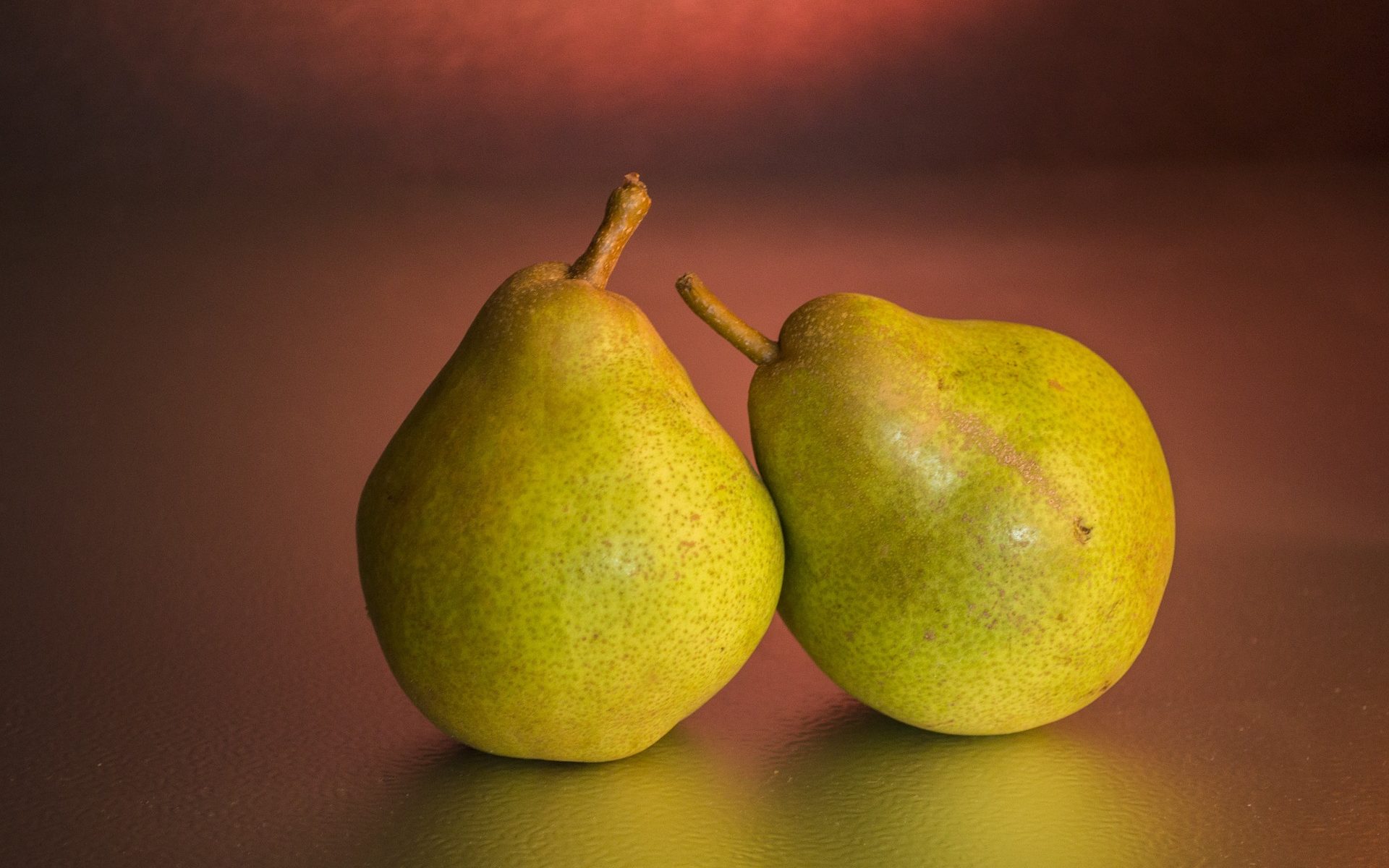In the southern latitudes of the temperate zone the pear is one of the most popular fruit species. Its fruit contain valuable food and mineral ingredients.
Pears have gentle and juicy meet, with a pleasant scent. The combination of sugars and acids is good. Certain varieties as the William butter pear are an excellent material for high quality compotes.
Biological and botanical features
The pear tree is gentler than the apple tree. It shows greater sensitivity to low temperatures. It grows on various types of soils. Grafted on a quince pad varieties require richer, moderately wet soils, with deeply located carbonates as compared to the grafted on pear pads.
A significant part of the cultivated in Bulgaria varieties shall be well adjusted to our soil and climatic conditions, but there are also those who are not able to develop their true qualities: the leaves are easily scorched by the atmospheric drought even when irrigated, the fruit remain small and are of low qualities. Certain varieties as Pass Crassan, require more heat in the growing season period. That is why they must be grown in the southernmost regions or in appropriate micro regions of the country.
Varieties
are summer, autumn and winter. To the summer varieties there belong Trapezitsa, Аchchе, June, Jubilee gift, Clementine, Еnyssey, Кlapov favourite, Giphardeaux butter pear, William butter pear, Star Crimson, etc. From the autumn varieties there deserve attention Good Luisa, Hardy butter pear, Boskov butter pear , Pecums triumph, Harden Pont butter pear and from the winter ones: Pass crassan, Olivier de Ser, Winter decan. Popska pear, Eldorado, etc. All varieties are practically self-steryle, i.e. if self pollinated they are not fertilised. They require foreign pollination.
Some pear tree varieties ( Clementine, William butter pear. Good Luisa, Boskov butter pear, etc.), called diploid, have normally developed blooming organs (pollen pistil), but when self pollinated are not fertilised. However these varieties are good pollinators and can be fertilised between themselves. Other species (Еnyssey, Popska pear, etc.) have reduced vitality of the polen , and are called triploid. They are poor pollinators because not only can they not self fertilise but they also are not in a position to pollinate and fertilise other pear species. For normal mutual pollination and fertilization there are needed at least two varieties from the good pollinators of the first group. When there is a variety of a poor pollinator , there must be at least two varieties good pollinators, or the total number of varieties must be at least three. Furthermore, the varieties Good Luiza and William butter pear, though with normally developed blooming organs, are not fertilised in cross-pollination. With the participation of these two otherwise good pollinators it is necessary to have one more variety of a good pollinator to have an effective fertilization and production.
The cultivation
In the small private farms there should be an overlap of species with a different period of ripening with a view to a full and continuous self-sufficiency with fresh fruit, taking into account the requirements of mutual pollination and fertilization.
One-year-old trees are usually used. The quince pad is preferable. As long as in the soil does not contain much lime (no more than 4%). Otherwise the pear pad may be preferable as it tolerates lime in the soil better. The grafted on quince pad trees are more comfortable because of their small dimensions. Usually the trees grafted on a quince pad, shaped as a spindle, shall be planted at 4 by 2 m. and when formed in a free form at 5 x 3,5-4 m. Varieties as William butter pear and especially Pass Crasssan, which are characterised by low growth are kept at- small distances – 3.5-4: 1.5 meters.
Soil preparation, the technique of planting and care during the first years shall be carried out as with the apple trees. Young pear trees are however particularly demanding to the watering regime. In non-irrigated conditions during the first 1or 2 years after planting they are developing slowly, because their root system is not well branched.
After entering in production, to form sufficient number of fruit buds, in addition to the stocks of food substances what is needed is sufficient moisture in the soil in spring and moderate humidity in June. When moisture in the spring is not enough and in July it is in abundance, the growth of the shoots is amplified and extended due to which aphids buds not be converted into fruit ones. As a rule the empty years of the pear tree (when there has been no fruit produce) are preceded by years with shortage of moisture in the spring and heavy rainfall in June and July.
The more important diseases, attacking the pear tree are scab, late brown rot, brown and gray spots on the leaves and some viral diseases. Of the enemies – the apple fruit worm, the pear bud eater. the pear leaf scale, the pear pulp wasp, etc.
